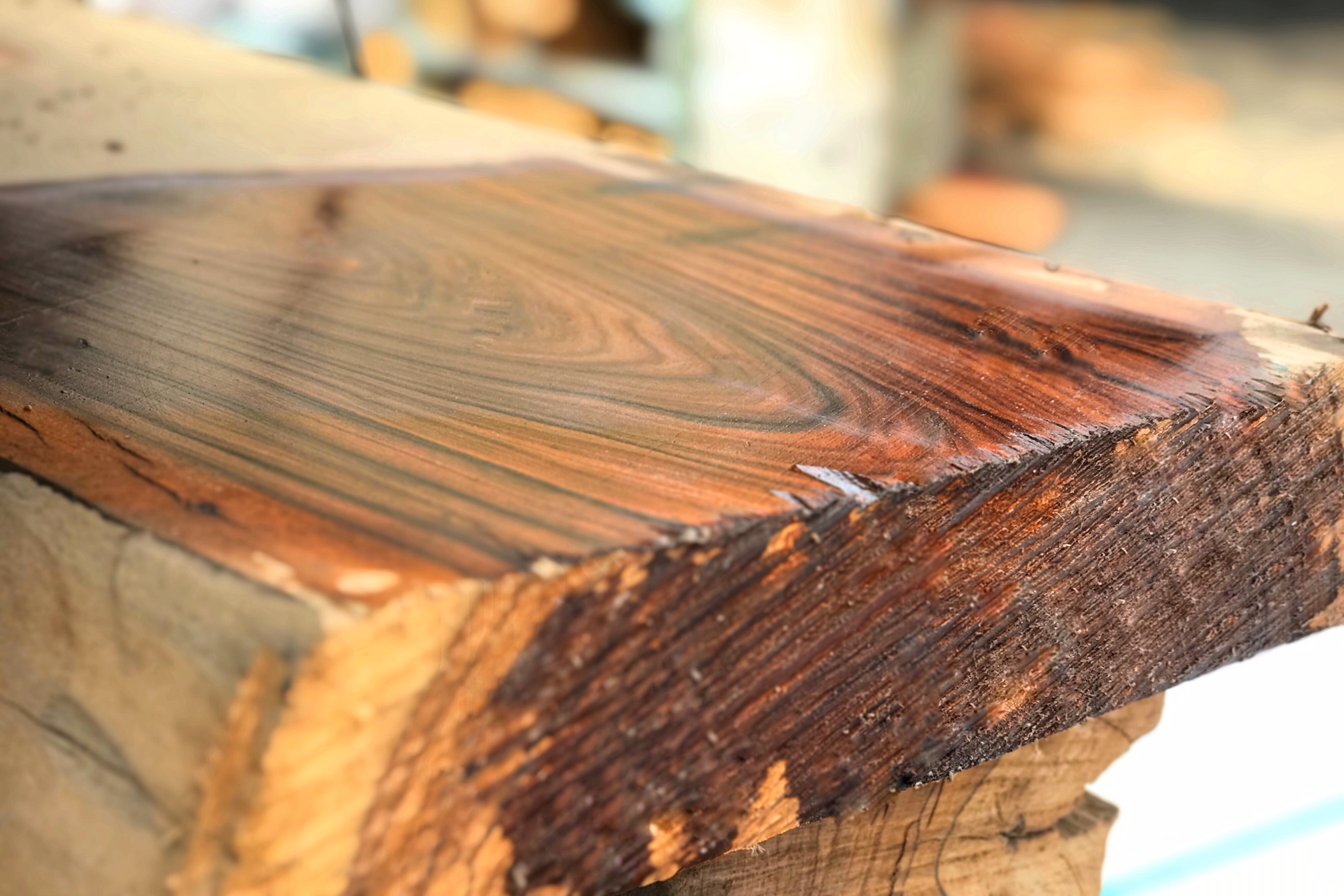|
Pao Ferro
''Libidibia ferrea'', formerly ''Caesalpinia ferrea'', and commonly known as pau ferro, Jucá, Brazilian ironwood, morado, or leopard tree, is a tree found in Brazil and Bolivia. Wood Most species of ''Caesalpinia'' s.l. have poorly defined growth rings, with isolated vessels arranged in radial multiples. Pitting between vessels is alternate and covered, and fibres are generally not divided by a septum. The axial (i.e., longitudinal) parenchyma varies from a winged shape to confluent, and is irregularly storied (i.e., layered), while the rays (perpendicular to growth rings) are of variable height and generally comprise a single or double cell width. ''Libidibia'' in particular has layered longitudinal parenchyma and narrow homocellular (i.e., of uniform type) rays without crystals in the ray cells. Uses Its wood is often used for making fingerboards for electric guitars and basses. It has a similar feel and similar tonal attributes to rosewood, but is near 1000 points softer ... [...More Info...] [...Related Items...] OR: [Wikipedia] [Google] [Baidu] |
Brazil
Brazil ( pt, Brasil; ), officially the Federative Republic of Brazil (Portuguese: ), is the largest country in both South America and Latin America. At and with over 217 million people, Brazil is the world's fifth-largest country by area and the seventh most populous. Its capital is Brasília, and its most populous city is São Paulo. The federation is composed of the union of the 26 States of Brazil, states and the Federal District (Brazil), Federal District. It is the largest country to have Portuguese language, Portuguese as an List of territorial entities where Portuguese is an official language, official language and the only one in the Americas; one of the most Multiculturalism, multicultural and ethnically diverse nations, due to over a century of mass Immigration to Brazil, immigration from around the world; and the most populous Catholic Church by country, Roman Catholic-majority country. Bounded by the Atlantic Ocean on the east, Brazil has a Coastline of Brazi ... [...More Info...] [...Related Items...] OR: [Wikipedia] [Google] [Baidu] |
Bolivia
, image_flag = Bandera de Bolivia (Estado).svg , flag_alt = Horizontal tricolor (red, yellow, and green from top to bottom) with the coat of arms of Bolivia in the center , flag_alt2 = 7 × 7 square patchwork with the (top left to bottom right) diagonals forming colored stripes (green, blue, purple, red, orange, yellow, white, green, blue, purple, red, orange, yellow, from top right to bottom left) , other_symbol = , other_symbol_type = Dual flag: , image_coat = Escudo de Bolivia.svg , national_anthem = " National Anthem of Bolivia" , image_map = BOL orthographic.svg , map_width = 220px , alt_map = , image_map2 = , alt_map2 = , map_caption = , capital = La Paz Sucre , largest_city = , official_languages = Spanish , languages_type = Co-official languages , languages ... [...More Info...] [...Related Items...] OR: [Wikipedia] [Google] [Baidu] |
Sensu Lato
''Sensu'' is a Latin word meaning "in the sense of". It is used in a number of fields including biology, geology, linguistics, semiotics, and law. Commonly it refers to how strictly or loosely an expression is used in describing any particular concept, but it also appears in expressions that indicate the convention or context of the usage. Common qualifiers ''Sensu'' is the ablative case of the noun ''sensus'', here meaning "sense". It is often accompanied by an adjective (in the same case). Three such phrases are: *''sensu stricto'' – "in the strict sense", abbreviation ''s.s.'' or ''s.str.''; *''sensu lato'' – "in the broad sense", abbreviation ''s.l.''; *''sensu amplo'' – "in a relaxed, generous (or 'ample') sense", a similar meaning to ''sensu lato''. Søren Kierkegaard uses the phrase ''sensu eminenti'' to mean "in the pre-eminent r most important or significantsense". When appropriate, comparative and superlative adjectives may also be used to convey the meaning ... [...More Info...] [...Related Items...] OR: [Wikipedia] [Google] [Baidu] |
Growth Ring
Dendrochronology (or tree-ring dating) is the scientific method of dating tree rings (also called growth rings) to the exact year they were formed. As well as dating them, this can give data for dendroclimatology, the study of climate and atmospheric conditions during different periods in history from wood. Dendrochronology derives from Ancient Greek (), meaning "tree", (), meaning "time", and (), "the study of". Dendrochronology is useful for determining the precise age of samples, especially those that are too recent for radiocarbon dating, which always produces a range rather than an exact date. However, for a precise date of the death of the tree a full sample to the edge is needed, which most trimmed timber will not provide. It also gives data on the timing of events and rates of change in the environment (most prominently climate) and also in wood found in archaeology or works of art and architecture, such as old panel paintings. It is also used as a check in radiocarb ... [...More Info...] [...Related Items...] OR: [Wikipedia] [Google] [Baidu] |
Ground Tissue
The ground tissue of plants includes all tissues that are neither Epidermis (botany), dermal nor Vascular tissue, vascular. It can be divided into three types based on the nature of the cell walls. # Parenchyma cells have thin primary walls and usually remain alive after they become mature. Parenchyma forms the "filler" tissue in the soft parts of plants, and is usually present in Cortex (botany), cortex, pericycle, pith, and Medullary ray (botany), medullary rays in primary Plant stem, stem and root. # Collenchyma cells have thin primary walls with some areas of secondary thickening. Collenchyma provides extra mechanical and structural support, particularly in regions of new growth. # Sclerenchyma cells have thick Lignin, lignified Secondary cell wall, secondary walls and often die when mature. Sclerenchyma provides the main structural support to a plant. Parenchyma Parenchyma is a versatile ground tissue that generally constitutes the "filler" tissue in soft parts of plants. It ... [...More Info...] [...Related Items...] OR: [Wikipedia] [Google] [Baidu] |

